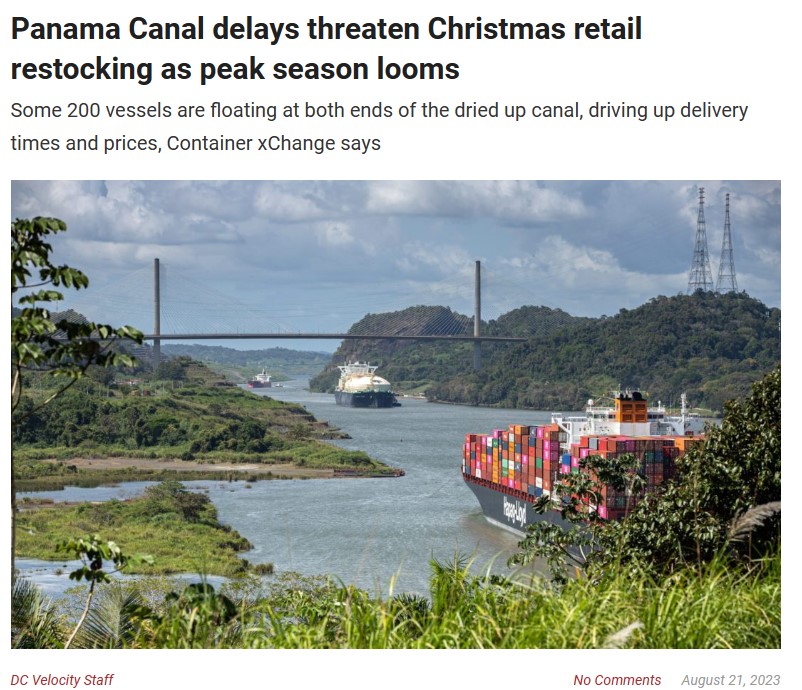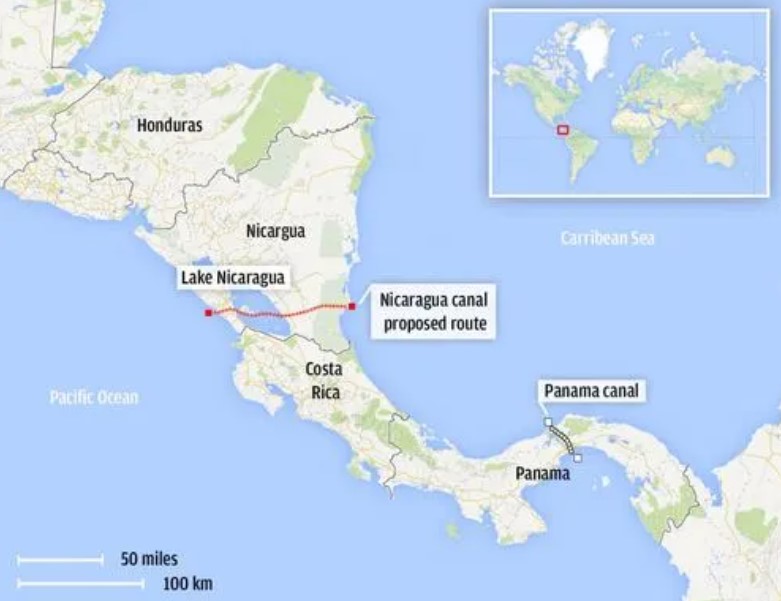Urethane Blog
Panama Canal Congestion
November 28, 2023
Panama Canal Congestion Causes MDI Price Increase in South America
PUdaily | Updated: November 27, 2023
The Panama Canal is Witnessing a Congestion with over 120 Ships Queueing
The Panama Canal Authority said on November 13 that approximately 126 ships were awaiting passage at the canal entrance, with potential waiting times of up to 12 days. To address the backlog of vessels, the authority holds auctions for those wishing to jump to the front of the line. In the latest auction, a Japanese energy group paid nearly USD 4 million to secure the crossing for its liquefied petroleum gas tanker, setting a new record and significantly increasing the transportation cost of transit goods.
El Niño Phenomenon Causes Congestion in the Panama Canal
Since the beginning of this year, the drought caused by the El Niño phenomenon has been affecting the water reservoir system of the Panama Canal, leading to a reduced supply of freshwater necessary for the operation of the locks. As a result, the Panama Canal Authority has repeatedly slashed the number of daily transiting vessels. Additionally, the authority has also lowered the permissible draft of ships, forcing vessels passing through the canal locks to reduce their weight or cargo load. This drove up the delivery time and logistics costs. In August, the canal experienced the first wave of congestion, with 200 vessels were floating at both ends of the dried up canal. Recently, the congestion issue has become more severe, significantly impacting global trade.

Panama Canal Congestion Affects Delivery Times and Costs between North and South America, Asia, and Europe
The Panama Canal, with a total length of 81.3 kilometers, connects the Atlantic Ocean and the Pacific Ocean. It is a lock-type canal where ships need to navigate through a series of locks to raise or lower the water level in order to traverse the canal located between the Central American mountain range. Alongside the Suez Canal, the Panama Canal plays a crucial role in global trade and economic development. The canal currently serves a total of 180 maritime routes that link 1,920 ports across 170 countries, the authority reported. The most significant trade routes serviced by the canal involve the US East Coast-Asia, US East Coast-South America West Coast, and Europe-South America West Coast routes.

MDI Prices are Moving up in South America
South American countries mainly import MDI from U.S., Europe, China, Japan, and South Korea. Due to the congestion in the Panama Canal and recent heavy rainfall in Brazil causing flooding in many ports, ships have been unable to dock, leading to delays in MDI imports and tight supply. As a result, some MDI suppliers have recently raised their quotations. PMDI prices in South America have moved up from the previous USD 1,900/tonne to the current range of USD 1,950-2,000/tonne.
 Sign Up for Email Updates
Sign Up for Email Updates
 Everchem Updates Archive
Everchem Updates Archive
Recent News
July 3, 2024
July 3, 2024
July 3, 2024
July 2, 2024
July 2, 2024
